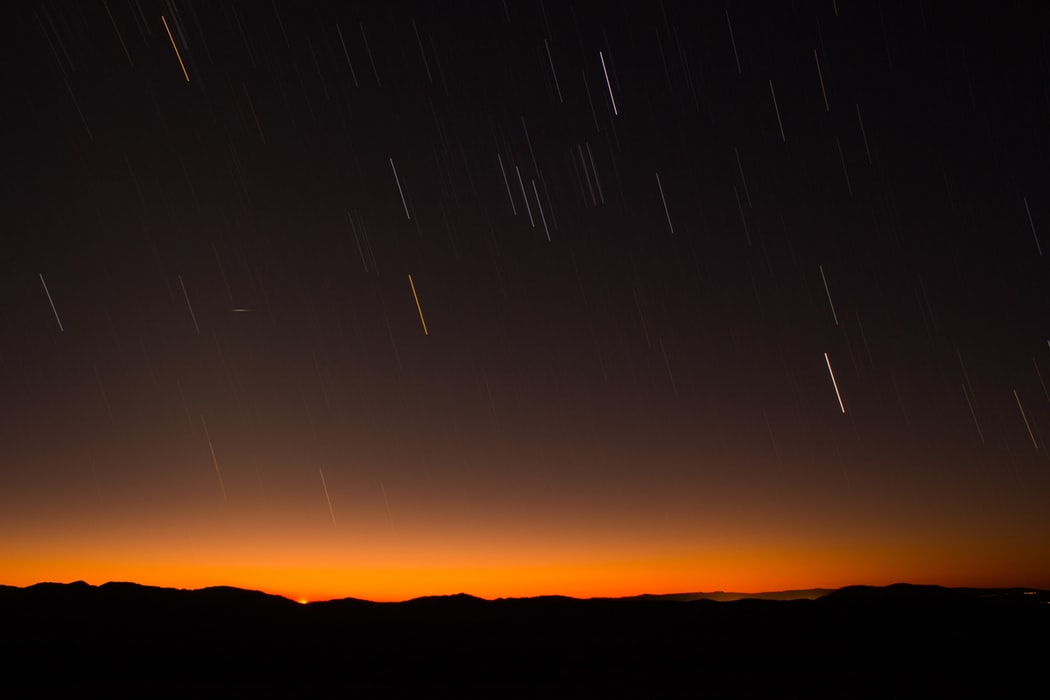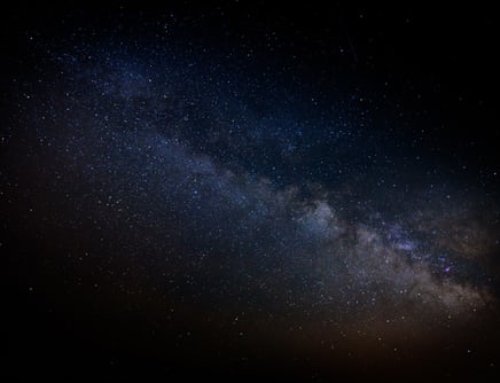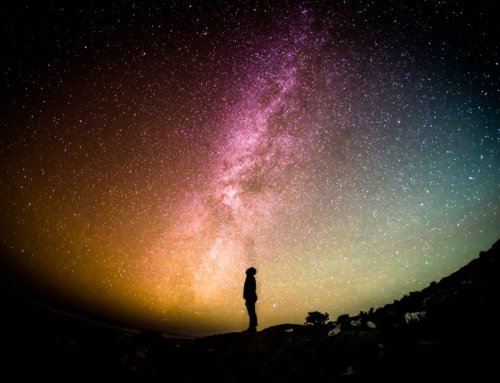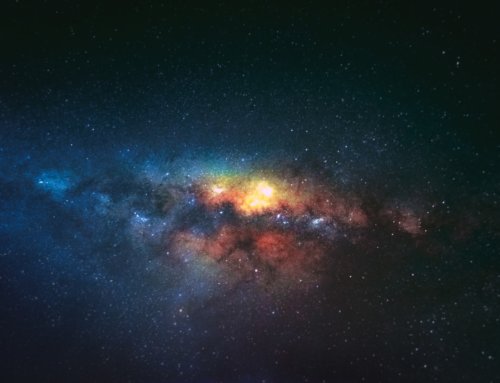The universe is vast and awe-inspiring. It’s a mystery that humanity has been intrigued by for thousands of years, yet we’ve only scratched the surface of what is out there to find. While not everyone can hop into a spacecraft and fly out to explore what’s beyond Earth’s atmosphere, we can see more than we think with either a small telescope in our backyard or the naked eye. So what exactly is out there for us to see?
Geminid meteor shower
If meteor showers are your cup of tea, then you’re in luck: from the beginning of to mid-December each year, you can take a look at the Geminid meteor shower. This meteor shower is caused by the Earth passing through the debris stream left behind by asteroid Phaethon, and about 120 meteors can be seen an hour within it. This equates to a visual rate of about 30-50 meteors per hour.
Betelgeuse
Betelgeuse is more than just a movie villain from the Neitherworld. Located in the right shoulder of the Orion constellation, Betelgeuse is a bright star that has a red glare that can be admired from a distance. Its size is nothing to sneeze at either—if Betelgeuse was to replace the Sun, it would reach out past Jupiter, making it about 1200x the diameter of the Sun.
Hercules Cluster
The most well-known star cluster in the sky would be the Hercules Cluster. It falls into the group of globular clusters. Unlike open clusters, which are stars loosely bound together by gravity, globular clusters like Hercules are more tightly packed together and in a ball-like shape. It appears to have countless stars within it and is predicted to have about 150,000 stars within the cluster total.
Andromeda Galaxy
At 2.537 million lightyears away, the Andromeda Galaxy is the most distant object visible to the naked eye. It’s visible from a dark sky viewing site and appears as a dark smudge, though with binoculars it shows up as more of an oval shape, and with a telescope, you can see details. It’s also a great target for a beginner to start taking pictures through a telescope.
There’s so much more than just these four things to see in the night sky. With all the light pollution in our skies, it’s become harder and harder to appreciate the beauty of it all, but if you get a chance to take a step back and enjoy the view, you may be surprised at the wonders you can find.






